The Apricot Pálinka of Kecskemét – Made Popular by The Prince of Wales
It was Mr. Isidore Führer, the ambitious manager of the Central Distillery Company, who managed to achieve, that the first Hungarian word the Prince of Wales learned during his 1935 visit to Budapest, was the word "báráck" (Apricot in Hungarian, pronounced with a British accent)
The honey-sweet apricot, grown on the sands of Kecskemét, was already a valuable currency in the 15thcentury Hungary. Nevertheless, it took until the 1920s for the recipe for the famous apricot pálinka to be created in the town distillery, and another decade for an eager and incredibly creative factory manager to launch it on the road to world fame.
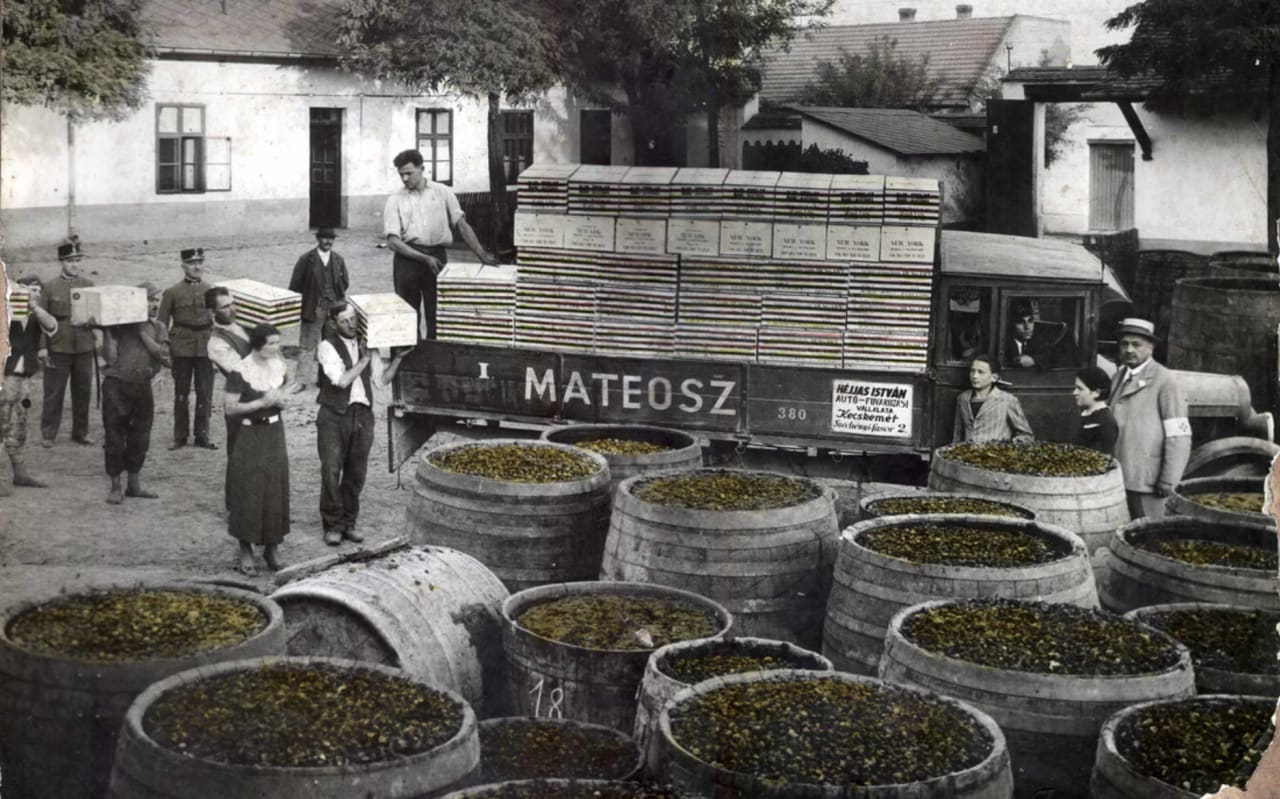
Juicy roses, yellow and kajszi
Originally made from cereals and wine, the spirit, known as burnt wine, has been called pálinka since the 1600s and has been brewed solely from fruit since the early 19th century. In 1850, there were over 100,000 mostly home distilleries in Hungary, and the first large distilleries soon after started appearing. Although fruit-growing had been profitable in the City of Kecskemét since the reform era, the city-owned distillery was only founded in 1917 on the outskirts of the city on the Külső-Szabadság road. The apricot, known as the fruit of the lowland sands, was grown in the vicinity of Kecskemét in the form of honeysweet “juicy roses”, yellow and kajszi varieties, but these were not yet used to make pálinka when the factory had started. It took fifteen more years and the incredibly enthusiastic publicity work of Isidor Führer to create the legendary apricot pálinka of Kecskemét.
The brand-builder and The Prince
Isidor Führer knew everything about pálinka making. From childhood he was always at the cauldrons, and by his thirties he was a recognized authority; he made his father's distillery in Olaszliszka famous throughout the country and expanded the family empire with distilleries in Sostóhegy, Nagykálló and Ócsa. In 1933, he leased the Central Distillery of Kecskemét, which was initially prosperous but was already making huge losses during the Great Depression.
At that time, the plant had already been producing apricot pálinka for several years, selecting the best raw materials from local farmers and the nationally renowned Kecskemét apricot market. According to the recipe, the pits were removed from some of the apricots before mashing, while some were left inside the fruit because of their velvety content they helped to produce. The fruit was placed in barrels or cement chambers, and a specially cultivated natural fruit fungus was used to speed up the fermentation process. The finished spirit was first poured into special containers and then into wooden casks or directly into the barrels; it took a year to mature before it lost its scratchy aftertaste and acquired its characteristic fruity flavor and light orange-yellow color.
Mr. Führer, with the support of the mayor and the Municipal Tourist Office, began an “almost American-scale marketing campaign” to introduce the product to the world. “He is not so much interested in wealth as in fame and the desire to create”, wrote the official report of the factory in the 1930s.
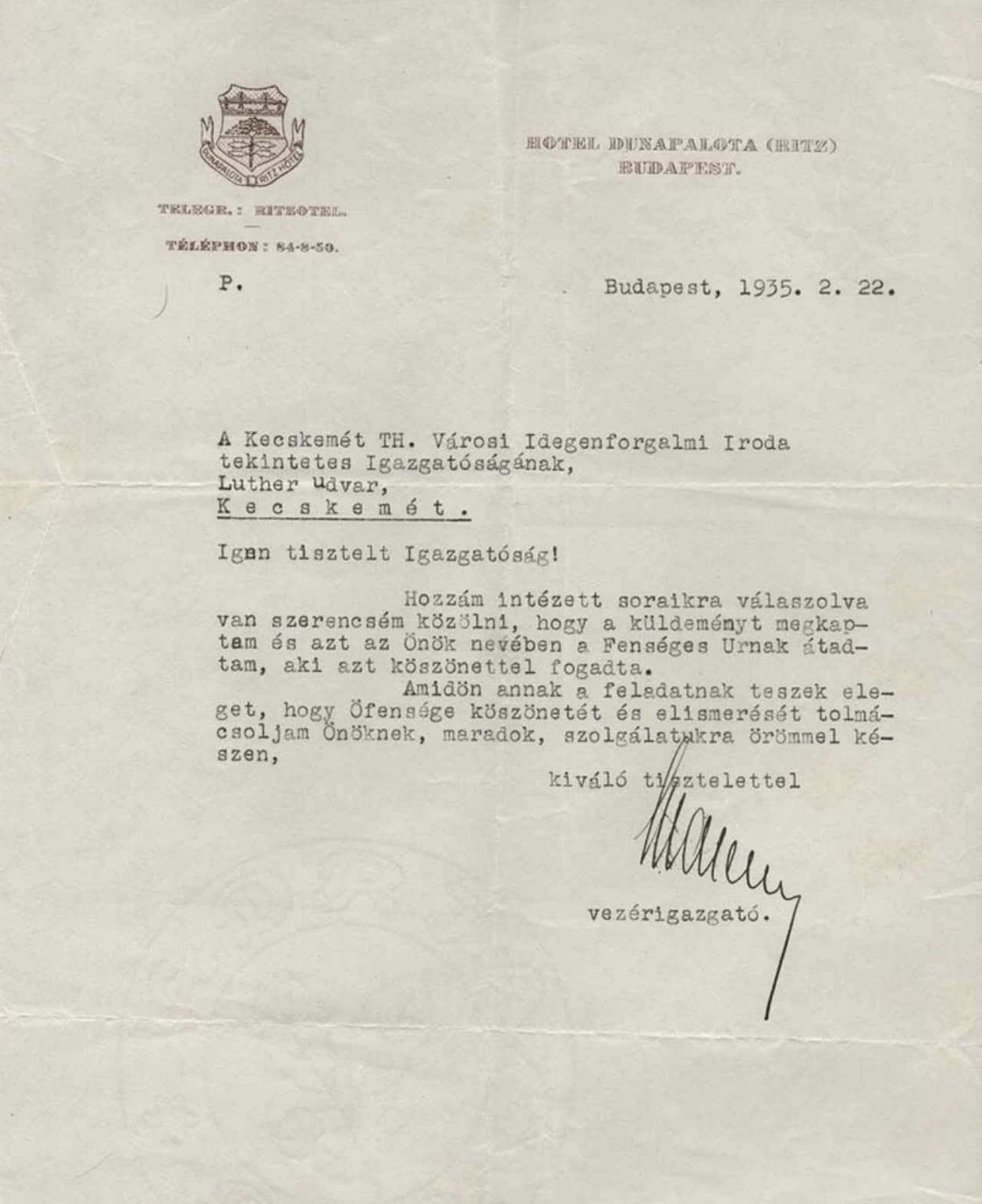
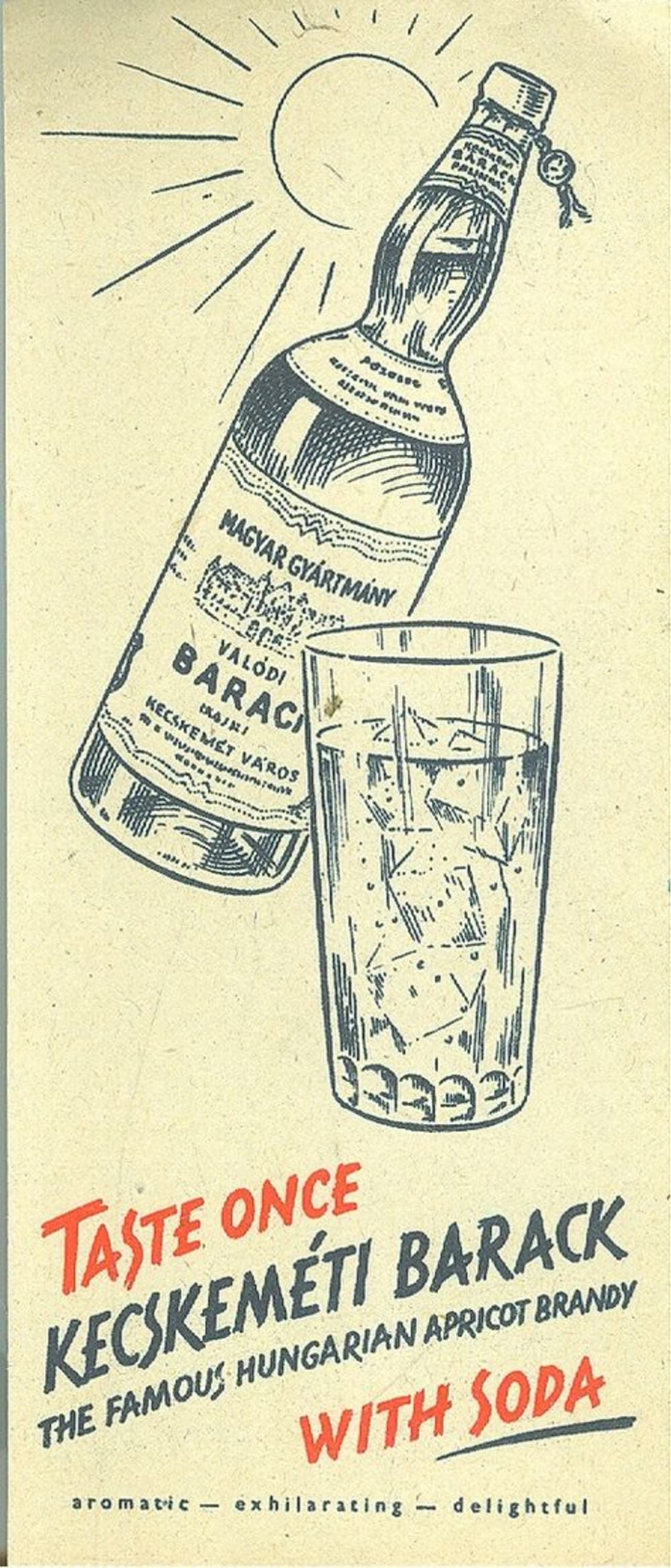
1935 was the year of Mr. Isidor Führer and Kecskemét apricot pálinka. When the Prince of Wales (later Edward VIII, who would soon abdicate the British throne because of Wallis Simpson), who was considered a world authority on taste, visited Hungary, Mr. Führer sprang into action. He knew that if the prince ordered apricot pálinka even once, it would become fashionable. He had a sample collection made for the occasion, with revue dancers dressed in Hungarian folk costumes, distributed to all the funfairs in Pest where the heir to the British throne was expected to appear. According to a surviving letter, one of the bottles of apricot pálinka at the Ritz must have hit the target; soon the newspapers of the day and the world press were full of the Prince of Wales' “barack” craze.
The Prince of Wales tasted Hungarian apricot pálinka,
the next day and the third day, the fourth day and the fifth day, he asked for it, learned its name and since then the noble, juicy, fiery, great Hungarian spirit has been called everywhere, as the Prince of Wales pronounced it with a lovely accent: 'báráck'. Since then, the Prince of Wales has turned his attention to this great, luscious Hungarian drink and it has the chance to become as famous as the Tokaj wine, the Szeged paprika, Makó onions or Balaton fish", predicted the 1935 newspapers.
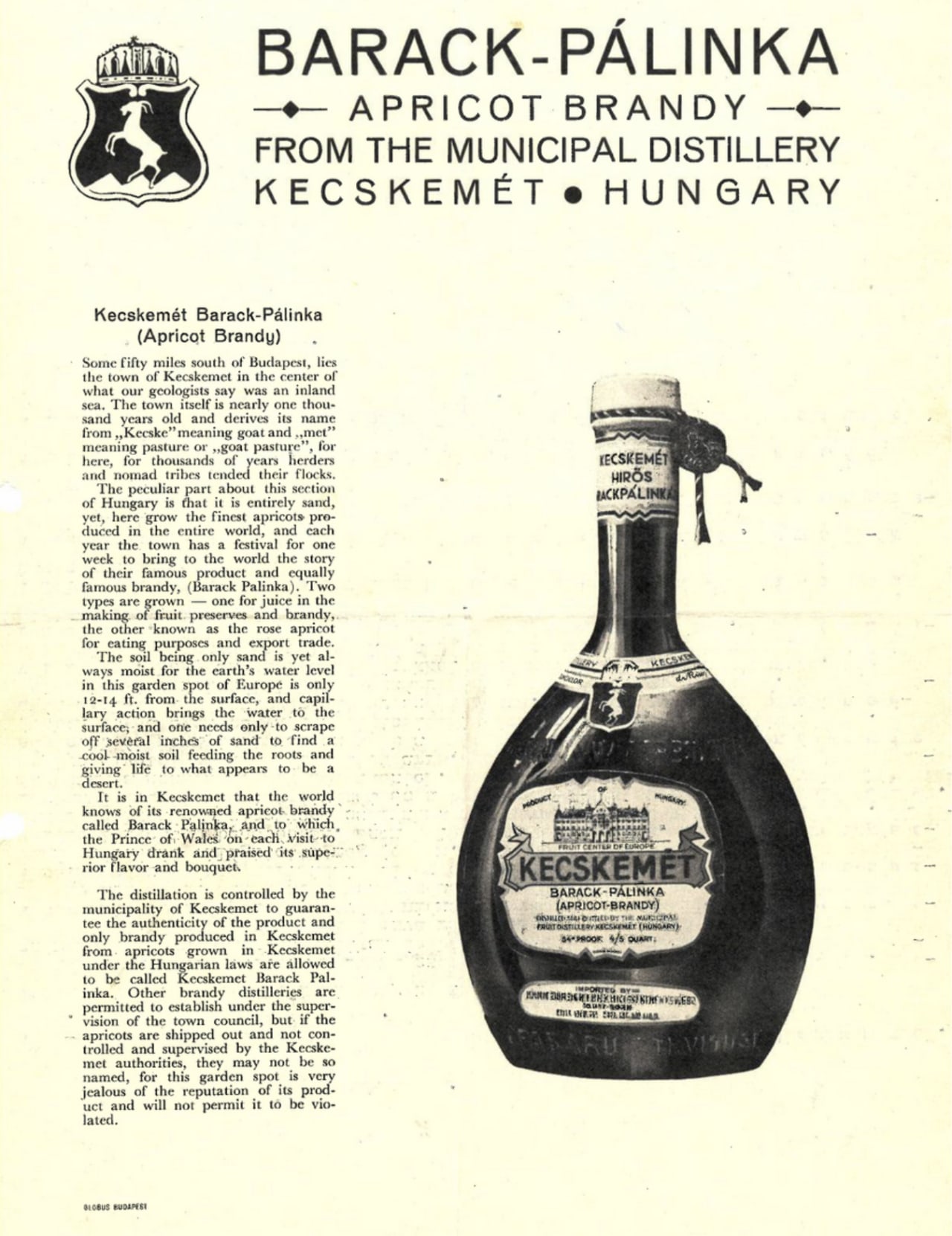
Apricot pálinka was soon after being tasted by, for example, U.S. President Roosevelt and King Zogu of Albania; it was soon available in almost every country in Europe, the United States and the Far East. Meanwhile, in Budapest, tourists were soaking in the free of charge apricot pálinka, served by waiters without being asked, on the evening of tours that ended in the night in the nightclubs and cafés. More and more people tried to get on board the success train of the apricot pálinka Kecskemét, which soon appeared on the market in quantities and quality that were simply impossible to produce in Kecskemét. The city tried to protect the brand, but they were unsuccessful. In the meantime, a legal dispute between the Central Distillery and the Zwack Liqueur, Rum and Cognac Factory over the use of the name "genuine Kecskemét apricot pálinka" was initiated. According to representatives of the Budapest company, the Prince of Wales became a fan of Zwack's apricot pálinka during his days in Pest, not Kecskemét. What is certain is that Isidore Fuhrer and the city took every opportunity to get The Prince used to locally made pálinka.
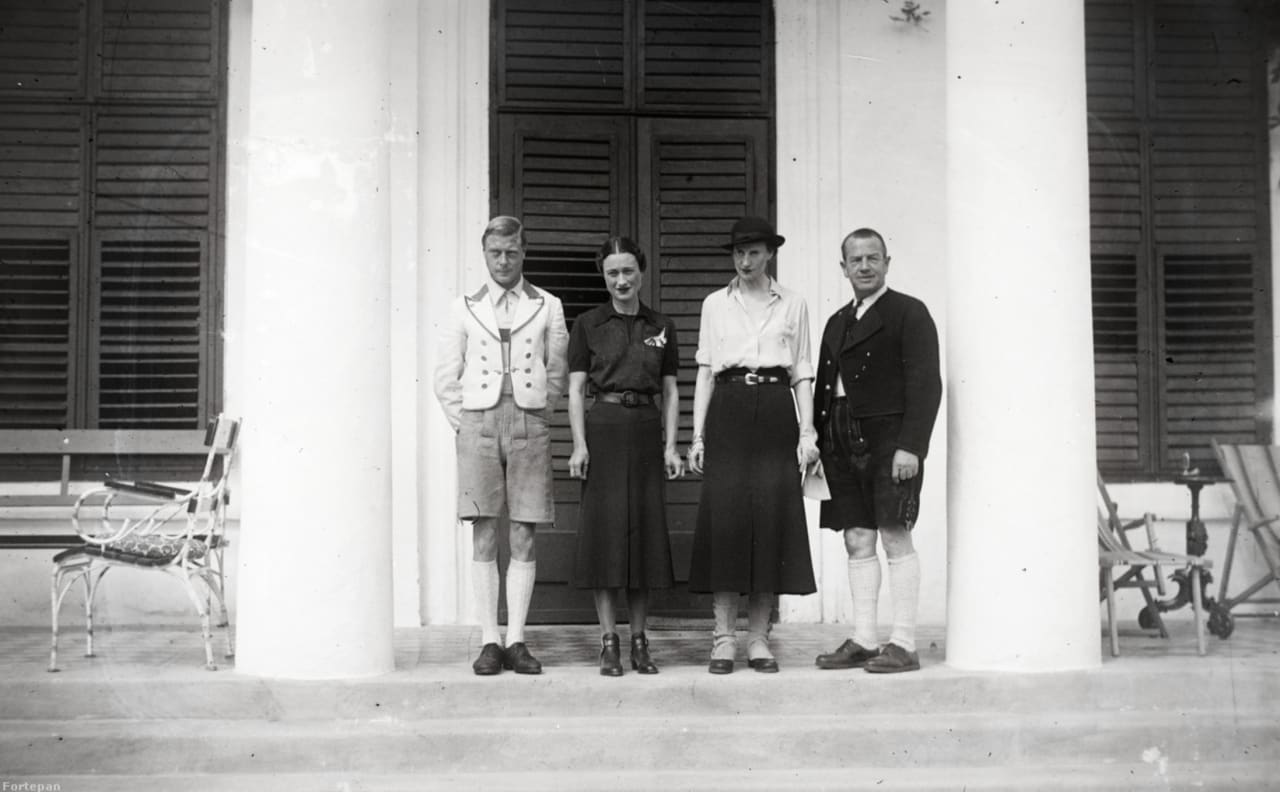
But success did not last long. In the autumn of 1939, the Second Jewish Law led to the revocation of Isidor Führer’s industrial license for the distillery. The city council voted him a very substantial severance payment of 30,000 Pengő (although it was never paid), because “the name of Kecskemét apricotpálinka” which has become famous in Europe and even the world, is largely the result of the the tireless marketing work and sacrifice of Mr. Izidor Führer.
The fate of the former factory director during the Second World War is largely unknown. All that is certain is that he was a forced laborer and, according to the directories for the period 1940-1948, he lived in both Pest and Kecskemét. He survived the Holocaust, and in the spring of 1945 the city again entrusted him with the management of the factory, which had been badly damaged during the war and almost completely emptied. He was removed from his post at the time of nationalization by the Communist Government in 1948, for a reason that was fashionable at the time: “suspected management irregularities”. His fate is not known, but the communist times did not favor talented, creative businessmen.
In the 1960s, the Kecskemét Distillery and all its equipment, including the rights to the apricot pálinka, were finally transferred to the Hungarian Liqueur Company. The brewery on the Outer Szabadság Road was completely dismantled in the 1960s, and the buildings were used for storage and then for bottling. The building, which was vacated in 1982, was declared a protected building a year later and housed the Folk Crafts Collection, which can still be visited today. The Liqueur Company produced the apricot pálinka in the capital and used the name “of Kecskemét”

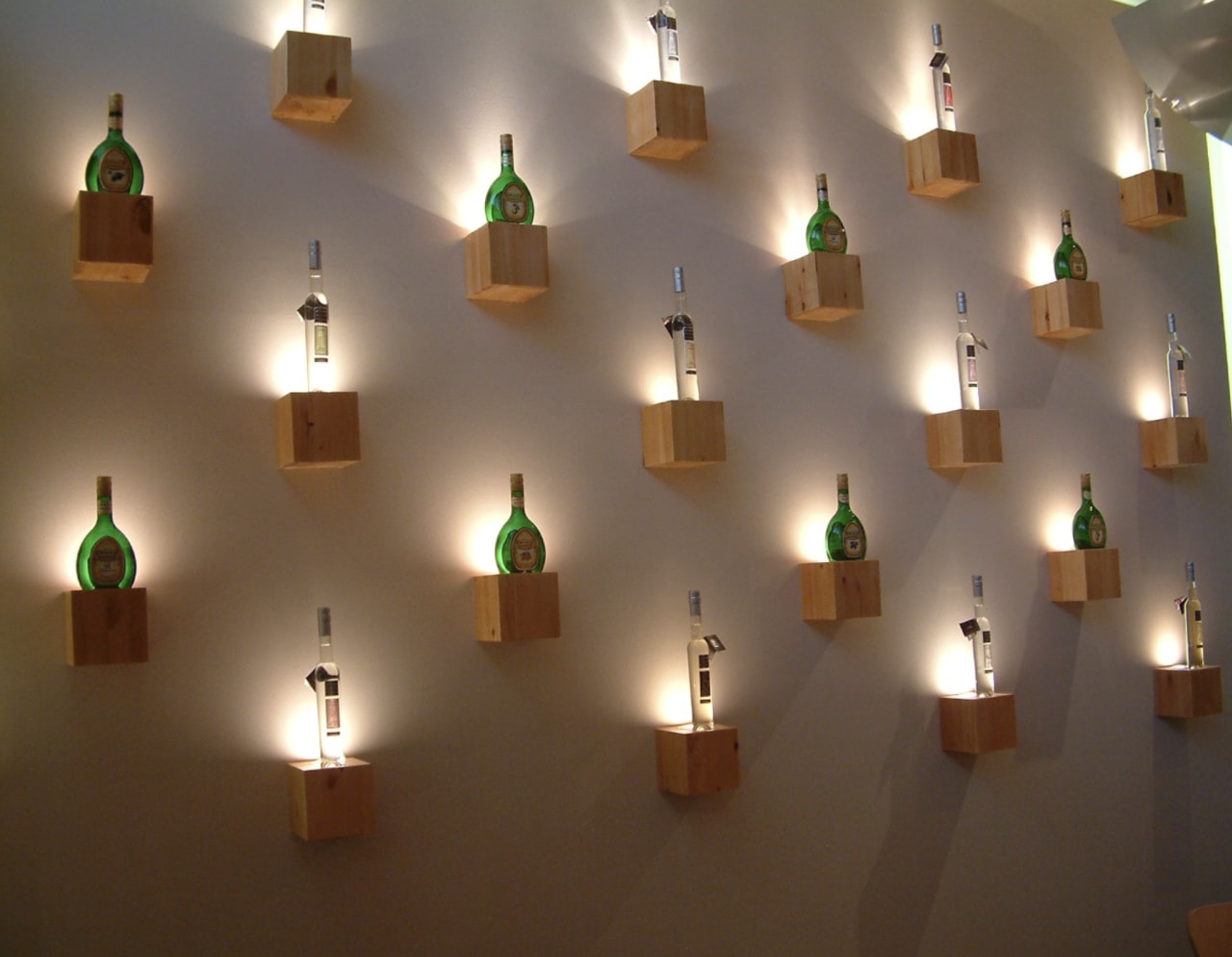
Today, the Zwack factory operates a distillery with a bottling plant in the city. The first stop of the visit to today's Zwack Kecskemét Pálinka Manufactory is the old distillery, which was built at the beginning of the 20th century and is now a historical industrial monument. Here visitors can watch films about the history of the distillery and the family. Next stop is the new distillery, built in 1996, where one can learn about the state-of-the-art fruit spirit fermentation and distillation processes. The fruit is fermented under controlled and regulated conditions in twenty huge stainless fermentation tanks, each close to 30ft high. The bottling plant, visitors can see the process of manual and mechanical bottling, and the highlight of the factory visit is the professional tasting room with noble pálinka varieties on offer.
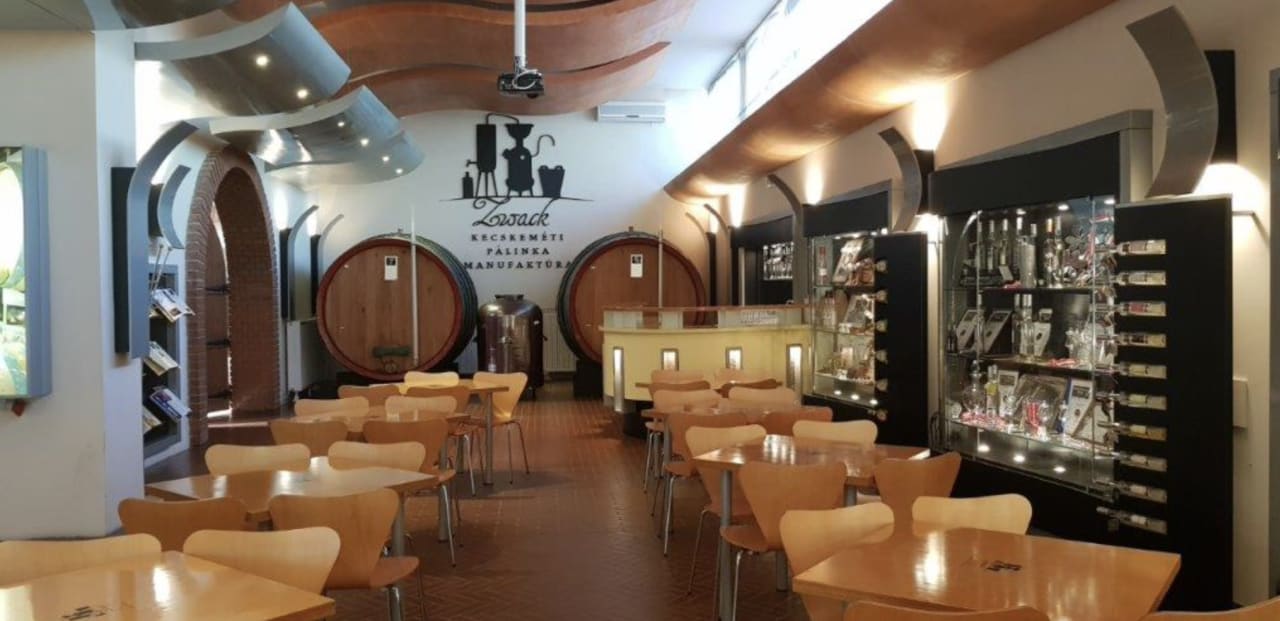
source: index.hu and zwack.hu